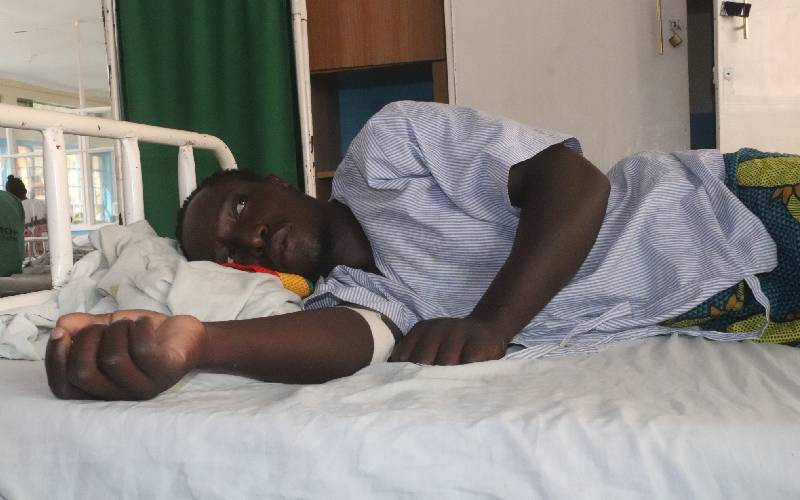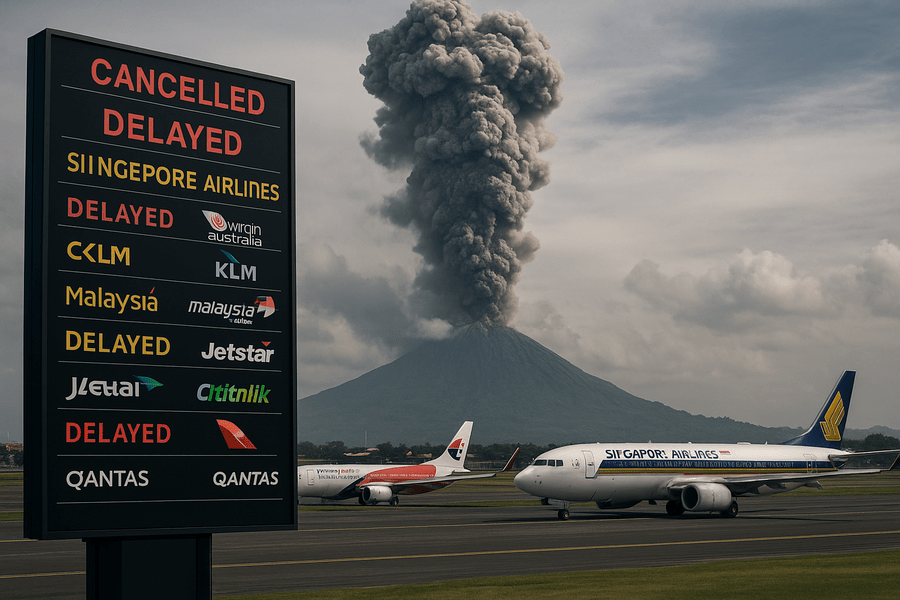Cambodian Tourist Arrivals to Thailand Plunge by Forty Eight Percent Amid Border Closures and Economic Challenges, Thai AirAsia Maintains Strong Performance - Travel And Tour World
Saturday, June 21, 2025

Cambodian tourist arrivals to Thailand have seen a dramatic decline of 48% this month, largely due to recent border closures and the ongoing economic challenges in Cambodia. The situation, already worsened by a 14% drop in arrivals over the first five months of 2025, has led to a sharp contraction in the Cambodian market. Despite this, Thai AirAsia has reported solid performance on its routes to Cambodia, maintaining a strong load factor. As tensions in the region persist, the Tourism Authority of Thailand (TAT) continues to monitor the impact on local tourism while adjusting strategies to mitigate the fallout from the border disruptions.
The closure of the Cambodian-Thailand border on June 7, 2025, as a response to escalating regional tensions, has had a significant impact on the number of visitors arriving from Cambodia. According to the Tourism Authority of Thailand (TAT), the Cambodian market had already seen a 14% drop in arrivals in the first five months of the year, with a daily average of 1,200 visitors. This decline was exacerbated when the border was sealed, leading to a sharp 44% decrease in arrivals. The situation reached its worst point on June 14, when the drop in tourist traffic from Cambodia reached a staggering 81%.
As of mid-June, Cambodia’s contribution to Thailand’s tourism had dwindled significantly. In June, Cambodia accounted for just 14,758 visitors to Thailand, with 48% of them arriving by air, while the remaining 51.9% crossed through land borders. This represents a steep 48% contraction in Cambodian arrivals compared to previous months.
In comparison, Cambodian arrivals to Thailand had already begun to slow down in 2024, with 553,060 visitors recorded throughout the year, marking a 5% decline from 2023. On average, Cambodia provided 1,500 visitors to Thailand daily. The TAT attributes this decline to a sluggish Cambodian economy, which has impacted the disposable income and travel behavior of Cambodians, encouraging many to opt for neighboring destinations like Vietnam instead.
One of the key reasons behind the dip in Cambodian tourist numbers is the improved transport infrastructure and reduced travel costs that have made neighboring Vietnam a more attractive destination. Cambodians are increasingly choosing Vietnam over Thailand, as travel there becomes more affordable and convenient. Additionally, the political and economic stability in Vietnam has made it a preferred choice for Cambodian tourists looking for both cultural experiences and relaxing vacations.
As Cambodia continues to experience slow economic growth, the number of outbound travelers has decreased, and Thailand has faced fierce competition from other regional destinations that offer better travel deals and ease of access. Despite the decline in Cambodian arrivals, the Tourism Authority of Thailand remains optimistic that the broader outlook for the tourism industry remains stable, as the impact of the border dispute is localized and limited.
The closure of the Cambodian border has had a ripple effect on various regions in Thailand, particularly in provinces such as Surin, Sa Kaeo, and Trat. These areas, which rely heavily on cross-border tourism, have seen a drop in visitors. In Sa Kaeo, many hotels, typically filled with tourists from neighboring countries like Indonesia, have reported a sudden decline in bookings. These tourists typically stay overnight before crossing into Cambodia, but the closure of the Ban Khlong Luek checkpoint has disrupted their travel plans.
In Ubon Ratchathani, popular tourist attractions, including Phu Prasat Historical Park in Nam Yuen District, have also seen a decrease in foot traffic. The park, located within the Yod Dom Wildlife Sanctuary, part of the Phanom Dong Rak mountain range, relies on tourists from Cambodia, especially those traveling through the Chong An Ma checkpoint. The ongoing safety concerns in the region have prompted many visitors to postpone their trips, further compounding the negative impact on local tourism-dependent businesses.
In response to the ongoing crisis, the Tourism Authority of Thailand has taken proactive steps to monitor the situation and mitigate its impact on tourism. The TAT’s domestic offices in the affected provinces are working closely with local businesses to provide support and ensure that the tourism industry remains resilient. Additionally, the TAT office in Ho Chi Minh City, which manages the Cambodian market, has temporarily postponed planned joint marketing campaigns with Thai airlines and the Thai embassy. These campaigns were originally scheduled to run from June to August and aimed to boost tourism from Cambodia.
Despite the downturn in Cambodian tourism, Thai AirAsia has continued to perform well on its routes to Cambodia. The airline has shared that its average load factor on flights from Bangkok to Phnom Penh and Siem Reap stands at 70%. While this is lower than the 70-80% load factor recorded in the first half of the year, it is still a strong performance given the current challenges. AirAsia has also maintained a solid 90-100% load factor on its outbound flights from Bangkok, which suggests that the demand for flights from Thailand to Cambodia remains strong.
To address the declining demand on certain routes, Thai AirAsia has made strategic adjustments, including combining two daily flights into one during peak periods. This flexibility in operations has allowed the airline to maintain profitability despite the challenges posed by the border dispute.
Although Cambodian arrivals have faced a significant drop this month, the overall tourism sector in Thailand is expected to recover once the political tensions ease and the borders reopen. The TAT remains committed to its long-term goal of diversifying its tourism markets and improving the overall tourism infrastructure, especially in border regions. As the economic situation in Cambodia stabilizes and travel restrictions are lifted, it is anticipated that the Cambodian market will gradually rebound, contributing once again to Thailand’s vibrant tourism economy.
For now, however, the focus remains on managing the immediate fallout from the border closure and ensuring that local businesses continue to thrive despite the downturn. The Thai government and tourism authorities are closely monitoring the situation and will take necessary measures to ensure the industry’s continued resilience.











